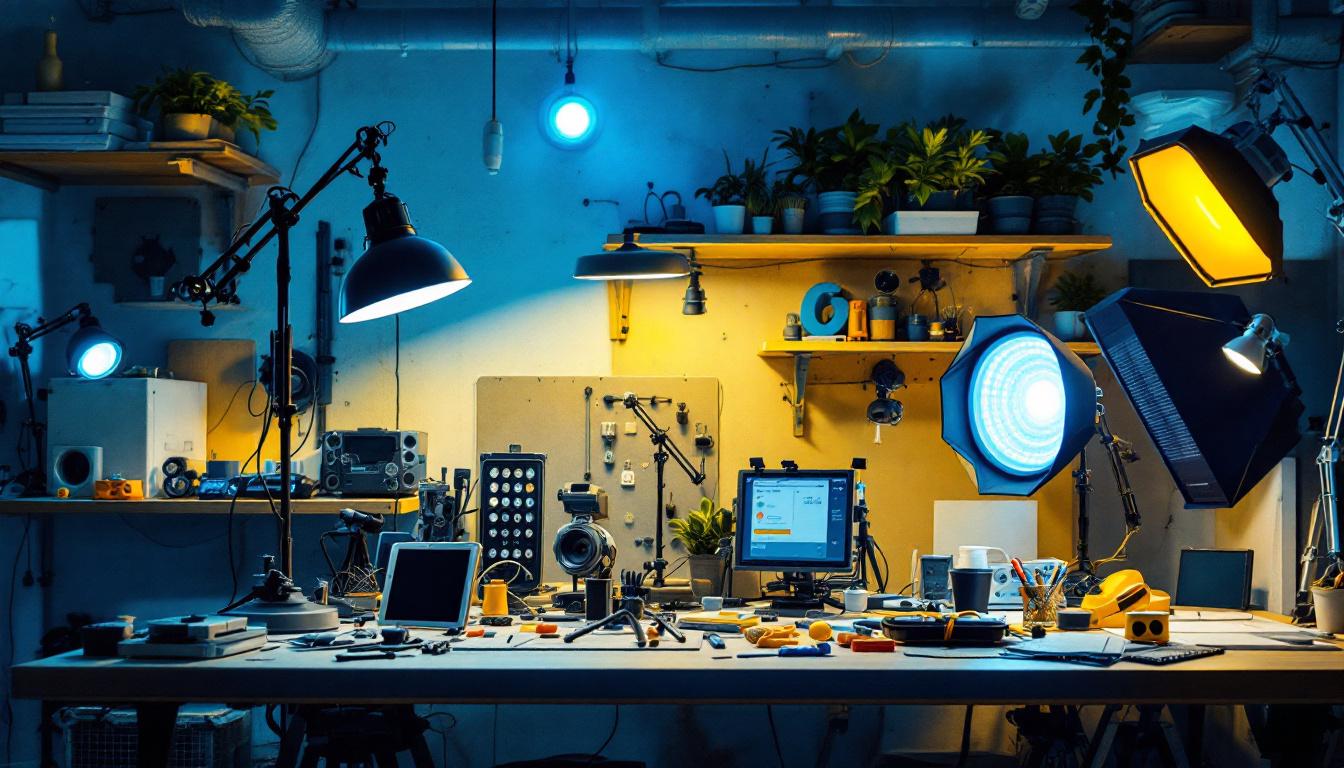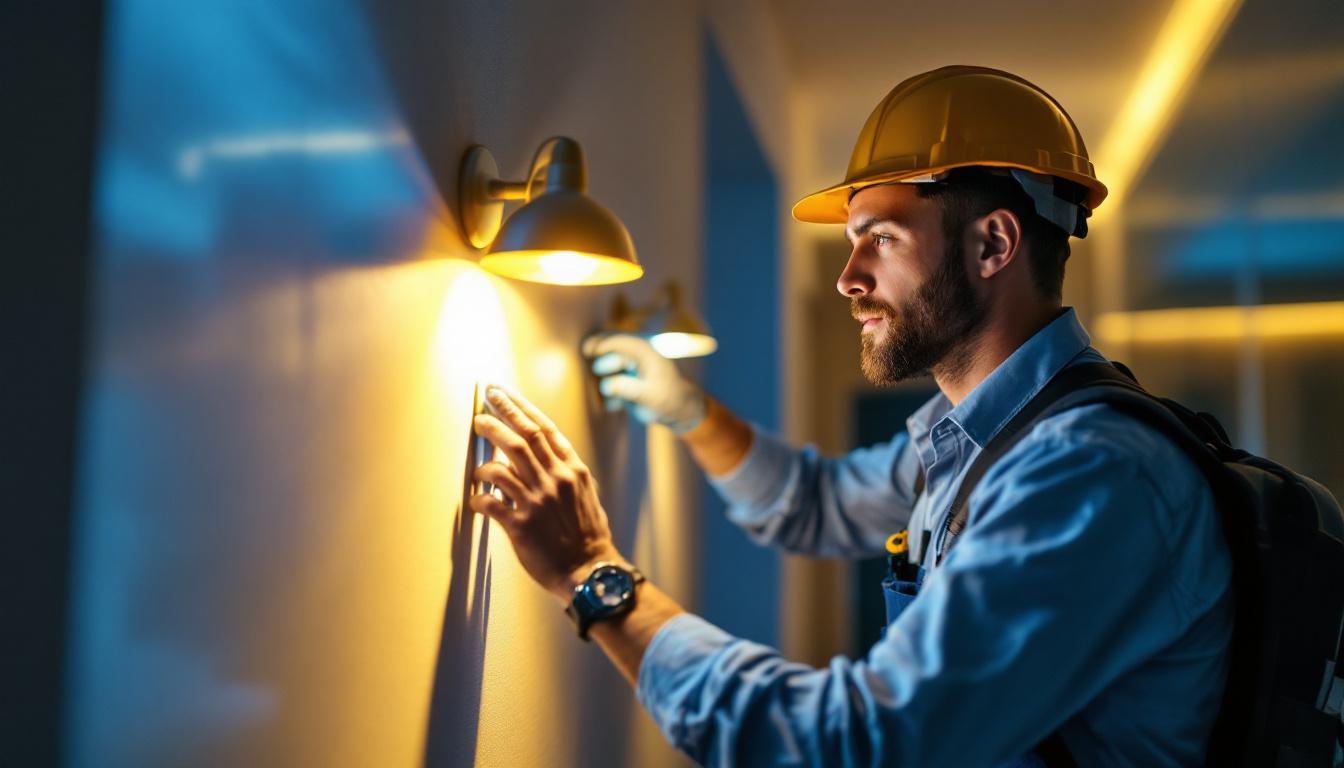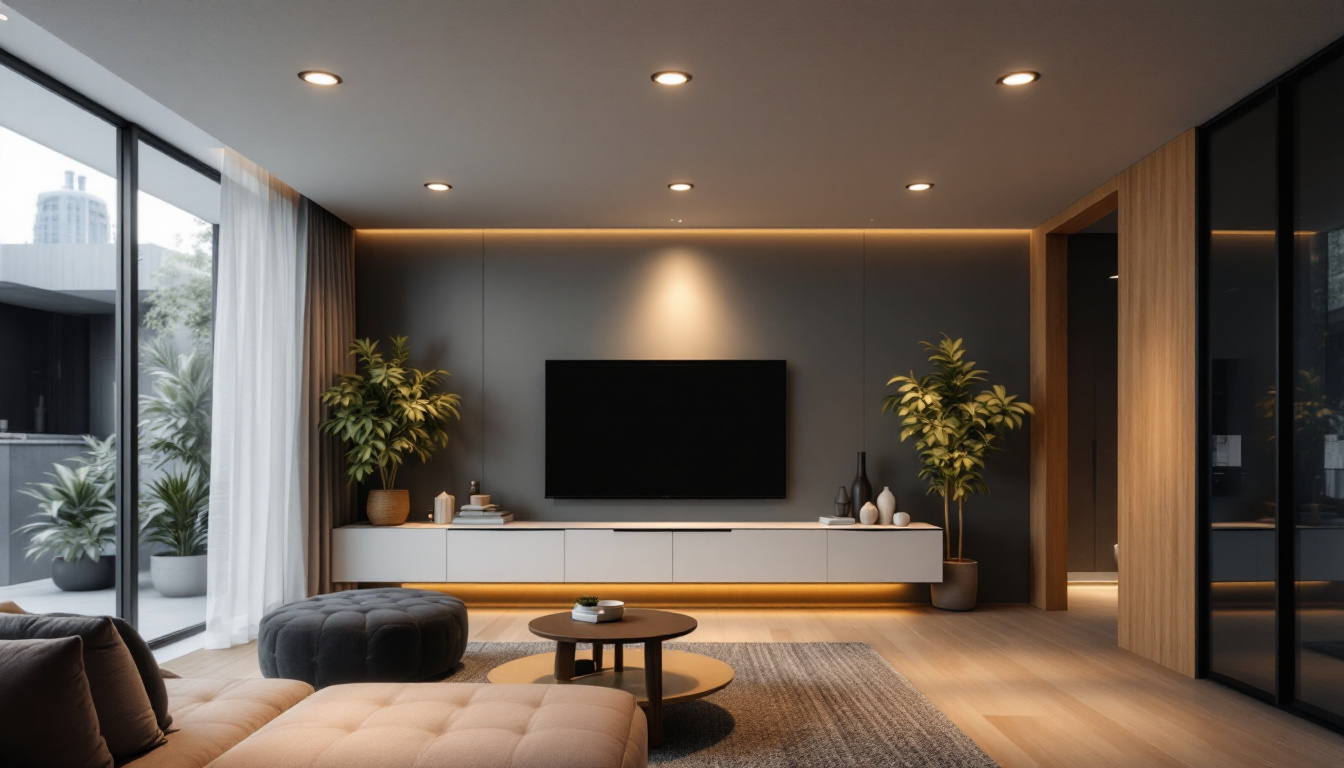
In the world of modern lighting, LED technology has revolutionized the way spaces are illuminated. For lighting contractors, understanding the various types of LED lights available is essential for providing clients with the best solutions tailored to their needs. This article delves into different types of LED lights, their applications, and practical hacks to optimize their use in various settings.
LED, or Light Emitting Diode, is a semiconductor device that emits light when an electric current passes through it. Unlike traditional incandescent bulbs, LEDs are energy-efficient, have a longer lifespan, and are available in a wide range of colors and intensities. This versatility makes them suitable for a variety of applications, from residential to commercial and industrial settings. The technology behind LEDs has evolved significantly over the years, leading to advancements in brightness, color rendering, and overall performance. As a result, LEDs have become the preferred choice for lighting solutions in modern architecture and design.
One of the primary advantages of LED lighting is its energy efficiency. LEDs consume significantly less power compared to incandescent and fluorescent lights, which translates to lower energy bills for clients. Additionally, they have a longer lifespan, often lasting up to 25,000 hours or more, reducing the need for frequent replacements. This longevity not only saves money but also minimizes the environmental impact associated with manufacturing and disposing of light bulbs.
Another benefit is the reduced heat output. Traditional bulbs can generate a significant amount of heat, which can lead to increased cooling costs in warmer climates. LEDs, on the other hand, remain cool to the touch, making them safer to use in various environments. This characteristic also allows for more flexible design options, as LEDs can be placed in areas where heat-sensitive materials are present without the risk of damage.
LED lights come in various forms, each designed for specific applications. Understanding these types will help contractors recommend the best options for their clients. For instance, there are LED bulbs that mimic the appearance and light quality of traditional incandescent bulbs, making them ideal for residential use. Additionally, LED strips and panels are popular for accent lighting and architectural applications, providing versatility in both indoor and outdoor settings.
Moreover, specialized LED fixtures are available for commercial and industrial use, such as high-bay lights for warehouses and streetlights for urban areas. These fixtures are designed to withstand harsh conditions while delivering optimal illumination. Furthermore, advancements in smart LED technology have introduced features like dimming, color changing, and remote control, allowing users to customize their lighting experience to suit their needs and preferences. This innovation not only enhances convenience but also promotes energy savings by enabling users to adjust their lighting based on occupancy and time of day.
Standard LED bulbs are the most common type of LED lighting. They are designed to replace traditional incandescent bulbs and are available in various shapes, sizes, and wattages. LED bulbs can be used in fixtures such as table lamps, ceiling lights, and outdoor lighting.
When selecting LED bulbs, contractors should consider the color temperature, which can range from warm white (2700K) to cool daylight (5000K). This allows for customization based on the ambiance desired by the client.
LED strip lights are flexible circuit boards that contain multiple LEDs. They are ideal for accent lighting, under-cabinet lighting, and creating unique lighting designs. Their flexibility allows them to be installed in various locations, including corners and curves.
Contractors can recommend LED strip lights for both residential and commercial projects, as they can enhance the aesthetic appeal of a space while providing functional lighting. Additionally, many LED strips are available with color-changing capabilities, allowing clients to adjust the mood of their environment easily.
LED panel lights are flat, slim fixtures that can be recessed into ceilings or mounted on surfaces. They provide even, diffused lighting and are commonly used in offices, schools, and healthcare facilities. Their sleek design makes them an attractive option for modern spaces.
When installing LED panel lights, contractors should consider the lumens output to ensure adequate brightness for the intended application. Additionally, dimmable options are available, providing further flexibility in lighting control.
Smart LED lights are becoming increasingly popular due to their ability to connect to home automation systems. These lights can be controlled remotely via smartphones or voice-activated devices, allowing users to adjust brightness, color, and scheduling with ease.
For contractors, recommending smart LED options can enhance the overall value of a lighting installation. Clients appreciate the convenience of controlling their lighting with a simple app, and smart features can lead to energy savings through automated scheduling.
LED flood lights are powerful fixtures designed to illuminate large outdoor areas. They are often used for security lighting, landscape lighting, and sports fields. Their high lumen output makes them effective for brightening expansive spaces.
When installing LED flood lights, contractors should consider the beam angle and wattage to ensure adequate coverage and brightness. Additionally, many LED flood lights come with motion sensors, further enhancing security while saving energy.
High bay and low bay LED lights are designed for industrial and commercial applications, such as warehouses, factories, and retail spaces. High bay lights are typically installed in areas with high ceilings, while low bay lights are suited for lower ceilings.
These fixtures provide excellent illumination and can significantly reduce energy costs compared to traditional lighting options. Contractors should evaluate the height of the ceiling and the specific lighting needs of the space when recommending high bay or low bay solutions.
One of the most critical aspects of effective LED lighting installation is proper placement and spacing. For general lighting, a common rule of thumb is to space fixtures about 6 to 8 feet apart, depending on the wattage and lumen output. This ensures even illumination without dark spots.
In accent lighting, contractors should focus on highlighting specific features, such as artwork or architectural elements. Placing LED lights at an angle can create depth and enhance the visual appeal of the space.
Dimming capabilities can significantly enhance the functionality of LED lighting. By incorporating dimmers, contractors can provide clients with greater control over their lighting environment. Dimming not only allows for mood adjustments but also contributes to energy savings.
When selecting dimmable LED fixtures, it’s essential to ensure compatibility with the dimmer switches being used. Some LED lights may flicker or not dim properly if paired with incompatible dimmers, leading to client dissatisfaction.
Color temperature and Color Rendering Index (CRI) are crucial factors to consider when recommending LED lights. The color temperature affects the ambiance of a space, while the CRI indicates how accurately colors are rendered under the light.
For residential applications, warmer color temperatures (2700K-3000K) are often preferred, creating a cozy atmosphere. In contrast, cooler temperatures (4000K-5000K) are suitable for task-oriented spaces like kitchens and offices. A high CRI (above 80) is essential for areas where color accuracy is important, such as art studios or retail environments.
The trend towards smart technology in lighting is expected to continue growing. As more homeowners and businesses embrace smart home systems, the demand for smart LED lights will increase. Contractors should stay informed about the latest smart lighting products and integration options to meet client expectations.
Additionally, advancements in smart lighting technology, such as improved connectivity and user-friendly apps, will enhance the overall experience for clients. Offering these products can set contractors apart in a competitive market.
As sustainability becomes a priority for many consumers, eco-friendly lighting solutions will gain traction. LED lights are already more energy-efficient than traditional options, but contractors can further promote sustainability by recommending products made from recyclable materials or those with reduced environmental impact.
Educating clients about the benefits of LED lighting in terms of energy savings and reduced carbon footprint can also enhance their overall satisfaction with the installation.
Customization in LED lighting is becoming more accessible, with options for color-changing capabilities, adjustable brightness, and programmable settings. Clients are increasingly seeking personalized lighting solutions that cater to their specific needs and preferences.
Contractors should be prepared to offer a range of customizable options, from smart bulbs to programmable LED strips, ensuring clients can create the perfect lighting environment for their spaces.
Understanding the different types of LED lights and their applications is crucial for lighting contractors looking to provide exceptional service. By staying informed about the latest trends and technologies, contractors can offer tailored solutions that meet the unique needs of each client.
From standard LED bulbs to specialized smart lighting options, the versatility of LED technology allows for endless possibilities in creating effective and aesthetically pleasing lighting solutions. By implementing the hacks discussed in this article, contractors can optimize their installations, ensuring client satisfaction and promoting energy efficiency.
As the lighting industry continues to evolve, embracing innovation and sustainability will be key to remaining competitive. With a commitment to quality and a keen understanding of LED technology, lighting contractors can thrive in this dynamic field.
Ready to elevate your lighting installations with the most innovative LED solutions on the market? Look no further than LumenWholesale. We provide contractors with the highest quality, spec-grade lighting products at prices that can’t be beaten. Our commitment to cutting out the middleman means you get the best value without the extra markups. With our extensive selection that meets rigorous industry standards, you can ensure every project shines with reliability and performance. Plus, with free shipping on bulk orders, you can stock up on premium lighting effortlessly and affordably. Don’t compromise on quality or cost. Choose LumenWholesale for a seamless blend of excellence and convenience. Discover our unbeatable deals and enhance your lighting expertise today by visiting Wholesale Lighting at the Best Value.

Discover innovative strategies and insider tips for smart lighting contractors in “Light On Post.” This article delves into cutting-edge hacks that enhance efficiency, boost client satisfaction, and elevate your lighting projects to the next level.

Discover why understanding lumens is crucial for lighting contractors in this insightful article.

Discover innovative strategies from top lighting contractors for installing 4-inch LED recessed lights.

Discover essential tips for lighting contractors to avoid common pitfalls when installing switched outlets.